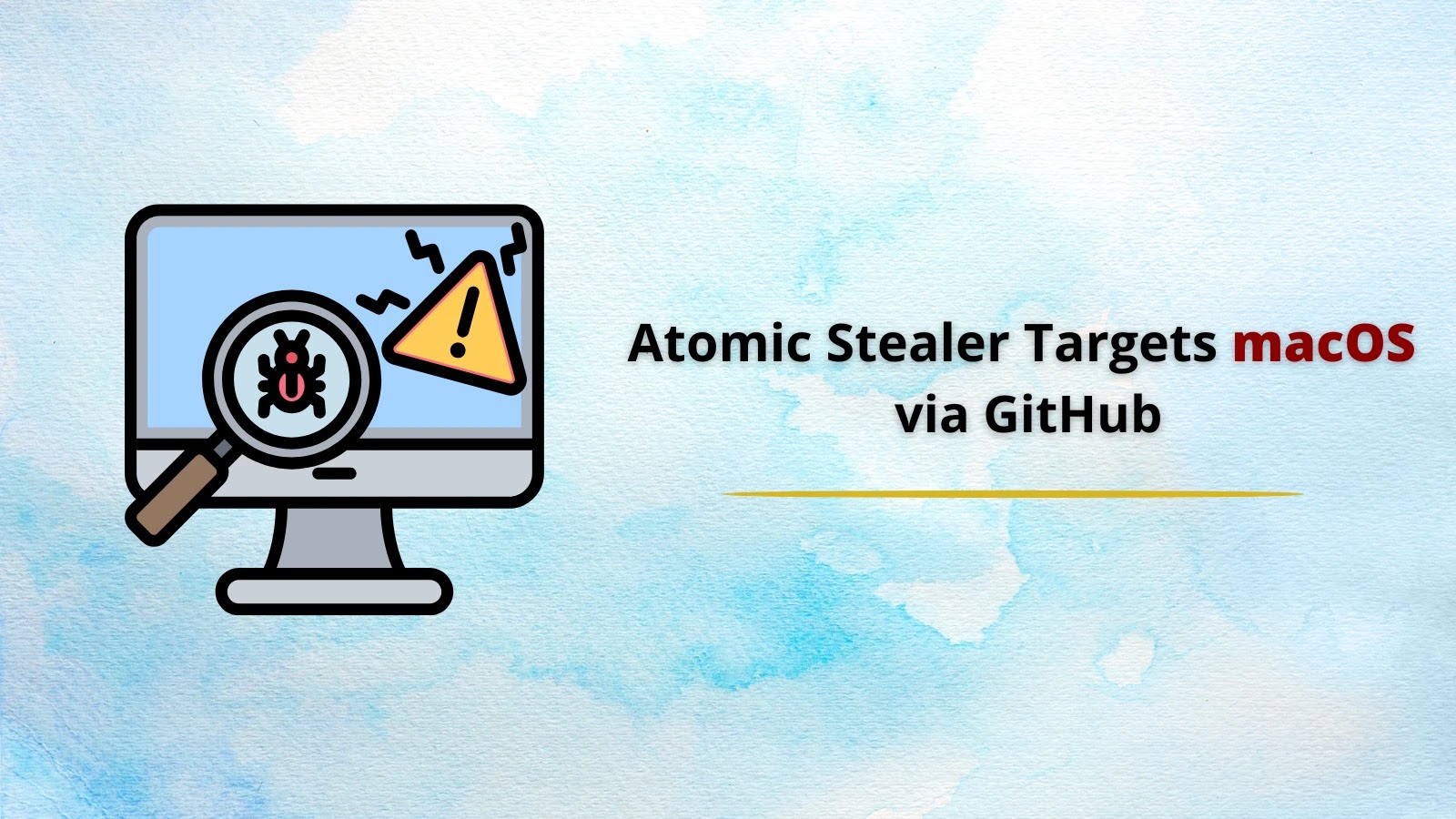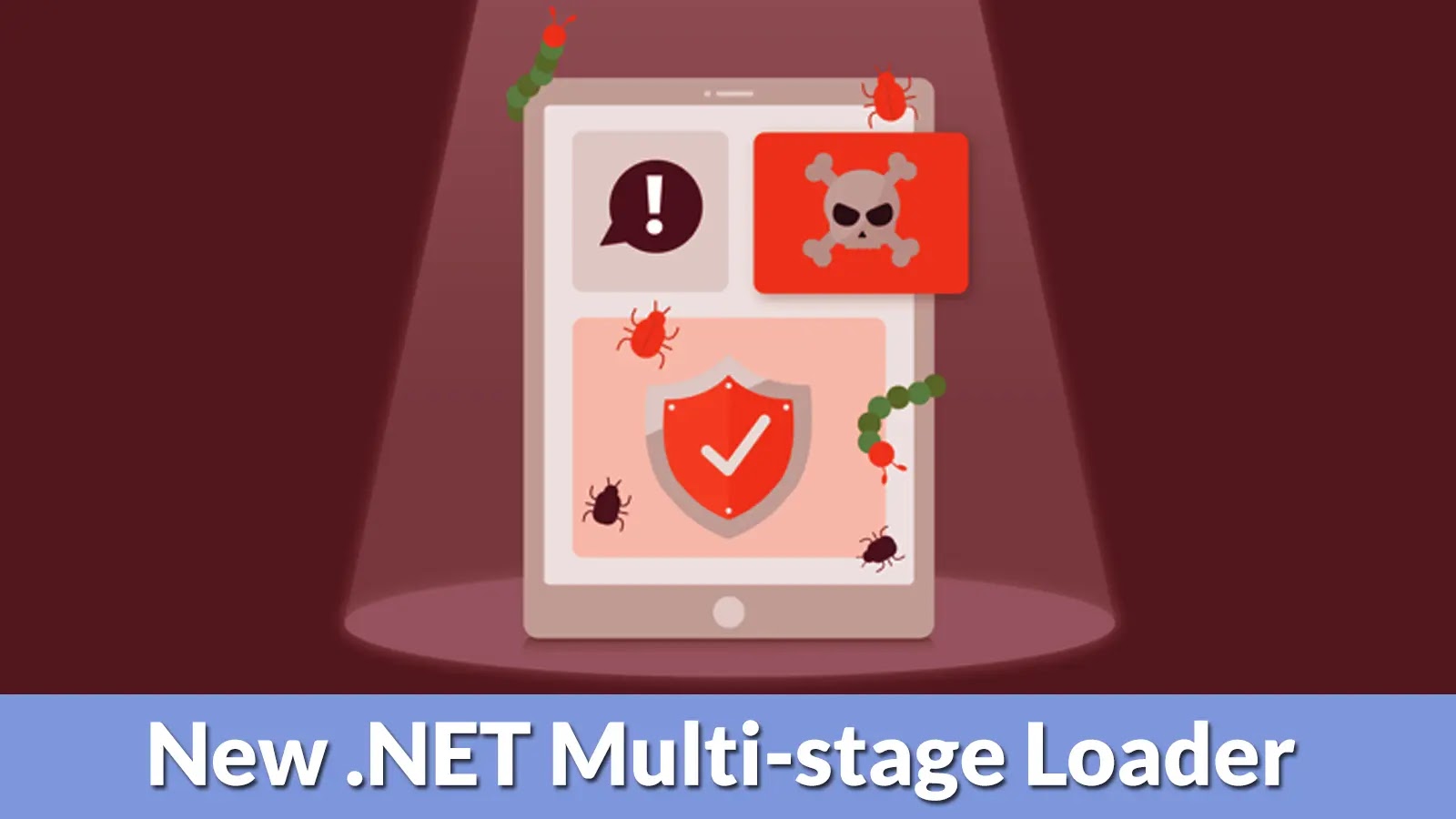In response to the escalating cyber threats posed by UNC6040, Google has released an in-depth guide designed to bolster organizational defenses against this sophisticated adversary. UNC6040, emerging in late 2024, has been identified for its highly coordinated attacks targeting cloud infrastructures and enterprise networks, employing advanced payload delivery methods and custom malware loaders.
Understanding UNC6040’s Tactics
UNC6040’s operations are characterized by strategic espionage objectives, exploiting vulnerabilities such as misconfigured cloud storage and weak API authentication to infiltrate diverse environments. Their primary attack vectors include spear-phishing emails with weaponized attachments, exploitation of known web application vulnerabilities, and unauthorized use of stolen service account keys. By chaining these tactics, UNC6040 achieves lateral movement and privilege escalation while evading detection.
Notably, UNC6040 abuses legitimate administrative tools like the Cloud SDK and gcloud CLI to mask malicious activities within Google Cloud environments. This tactic complicates detection efforts, as the malicious actions blend seamlessly with normal administrative operations.
Impact on Targeted Organizations
The repercussions of UNC6040’s activities are severe, leading to data exfiltration, prolonged network compromises, and significant remediation costs. Sectors such as technology, defense, and telecommunications, where proprietary data and intellectual property are critical assets, have been particularly affected.
Google’s Defense Recommendations
Google emphasizes a defense-in-depth strategy, combining proactive threat hunting with continuous monitoring of anomalous behavior and configuration changes. Key recommendations include:
1. Custom Detection Rules: Deploying custom detection rules using Sigma and YARA to identify UNC6040’s loader binaries based on distinctive API invocation patterns.
2. Regular Audits: Conducting regular audits of service account roles and permissions to identify and mitigate unauthorized access.
3. Monitoring Administrative Tool Usage: Implementing monitoring mechanisms to detect the misuse of legitimate administrative tools, such as the Cloud SDK and gcloud CLI, which UNC6040 exploits to evade detection.
4. Enhancing API Security: Strengthening API authentication mechanisms and ensuring proper configuration of cloud storage to prevent exploitation by threat actors.
5. Employee Training: Educating employees on recognizing spear-phishing attempts and other social engineering tactics employed by UNC6040.
Technical Insights into UNC6040’s Persistence Mechanisms
A closer examination of UNC6040’s persistence tactics reveals their preference for embedding malicious components into legitimate cloud-native services. After initial compromise, UNC6040 operators commonly register forged service accounts with overly permissive roles to maintain long-term access. These accounts are configured to execute startup scripts that download and install a custom backdoor—frequently named `gtoken_agent`—which communicates with command-and-control (C2) servers over encrypted channels.
The `gtoken_agent` employs a modular architecture: a primary agent for C2 communication and secondary plugins for credential harvesting and lateral movement. Persistence is achieved by creating a covert cron job entry in the metadata server of virtual machines, ensuring that the `gtoken_agent` is reinstalled upon instance reboot, effectively preserving UNC6040’s presence even after remediation efforts.
Conclusion
Google’s comprehensive guide serves as a critical resource for organizations aiming to fortify their defenses against UNC6040. By understanding the group’s tactics and implementing the recommended security measures, organizations can significantly reduce the risk of compromise and enhance their overall cybersecurity posture.



